Sensory Processing Disorder: Tools for Auditory Stimuli

Here is part 1 in my Sensory Processing Disorder (SPD) Tools of the trade series. This post HERE is the one that started it all, with a huge summary of what SPD is and our struggles with it with Froot Loop. Keep reading for some tools and toys that have helped us on our SPD journey.
Before we begin, let me elaborate a little more on the auditory end of the SPD spectrum. People, especially children, may be extremely drawn to or avoidant of loud sounds. Below are some examples:
Extreme reactions to sounds from hand dryers, vacuums, lawn mowers, flushing toilets, etc.
Seems to notice and be aggravated/distracted by seemingly innoculous sounds such as fans, clocks, and other ambient noises
Reacts poorly to loud or unexpected sounds (crying, hiding, running away, aggression, covering ears)
Has an aversion to naturally noisy places with lots of people (malls, stadiums, parades, etc.)
Likes to keep the TV or music very loud and is often very loud too
Doesn't seem to hear or respond to name being called
Needs you to repeat things you say
Can't seem to tell where sounds are coming from
The main symptoms of these situations include speech delay, difficulty learning to read, and difficulty with interpretation of sounds/language/phonemes. Obviously, this really becomes a problem once children reach school age.
From a very young age, Froot Loop showed almost all of these signs. He seemed to both be hyper and hypo sensitive to certain sounds. Hand dryers and auto flush toilets are his nemesis, and yet he almost always needs us to repeat ourselves. When he was little, he used to put his ears right up to the speakers in his phone/ipod/music toys. He did have ear tube surgery last year and that helped to an extent (his ear tubes were completely filled with infected fluid), but he still needs us to repeat things. We're not sure if this is because of the SPD or just because his mind is racing 1000 miles per hour.
His speech therapist noticed right away in his Special Education initial evaluation/observation that he has a speech delay and has certain problems with certain consonant clusters. She's working with him.
So, we acknowledged the problems and we try to avoid public restrooms whenever possible. We also used these tools and toys below for sensory integration.
These Crinkle Balls give a double whammy of tactile and auditory input. And yes, they're marketed as a cat toy, but they are AWESOME. Think those crinkly books for babies. Crinkle crinkle crinkle!
We have these Jingle Bells These are the best. I've received others that didn't hold up for 2 seconds because they were loosely tied on: these are tacked in and they have held up to two wild and crazy boys. We also play with lots of other musical instruments.
From almost the day he arrived Earthside, Froot Loop needed white noise to sleep. This Sound Machine has totally saved us. We even bring it with us when we travel. It seems a little weird to me that he HATES the sound of hand dryers and the like, but he absolutely needs this white noise to sleep. Just a weird part of the SPD, I guess.
This next one is a tool that his speech therapist uses. It's called an Auditory Feedback Phone. It basically allows kiddos to hear themselves talk. It's like when you used to string two cans together and talk with a friend across the room... this phone just routes the sound waves from the voice directly to the ear. It's a fantastic tool. We don't have one at home, but he uses one at school.
I recently wrote a review about this Saxoflute Building Toy HERE. It is by no means a formal "sensory toy" but it's a fun way to compare pitches and what happens when you shorten or lengthen your horn.
Another fun toy is the Mozart Magic Cube. I wrote a full review HERE about this awesome toy. It's soothing and calming and also a good way to introduce a love of classical music.
So there's part one. Stay tuned for part two, which will focus on visual tools. What tools have you found useful for managing auditory SPD?
For part two (visual): click HERE
For part three (touch): click HERE
For part four (smell): click HERE
For part five (Movement/Vestibular): click HERE
For part six (Proprioception/Body Awareness): click HERE
For the introduction/overview of SPD: click HERE









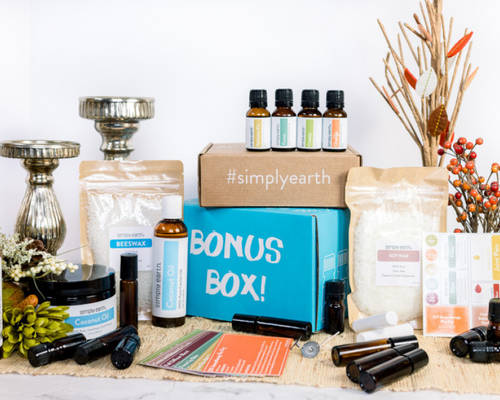

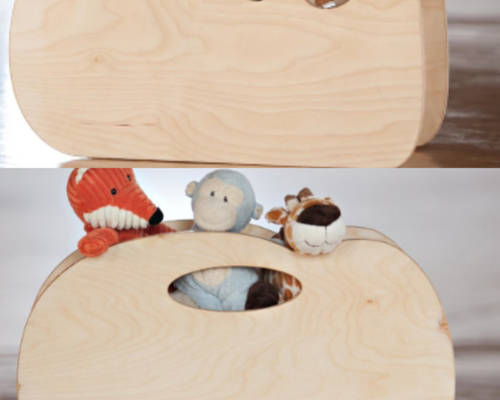




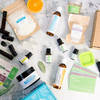

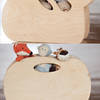
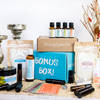




Comments